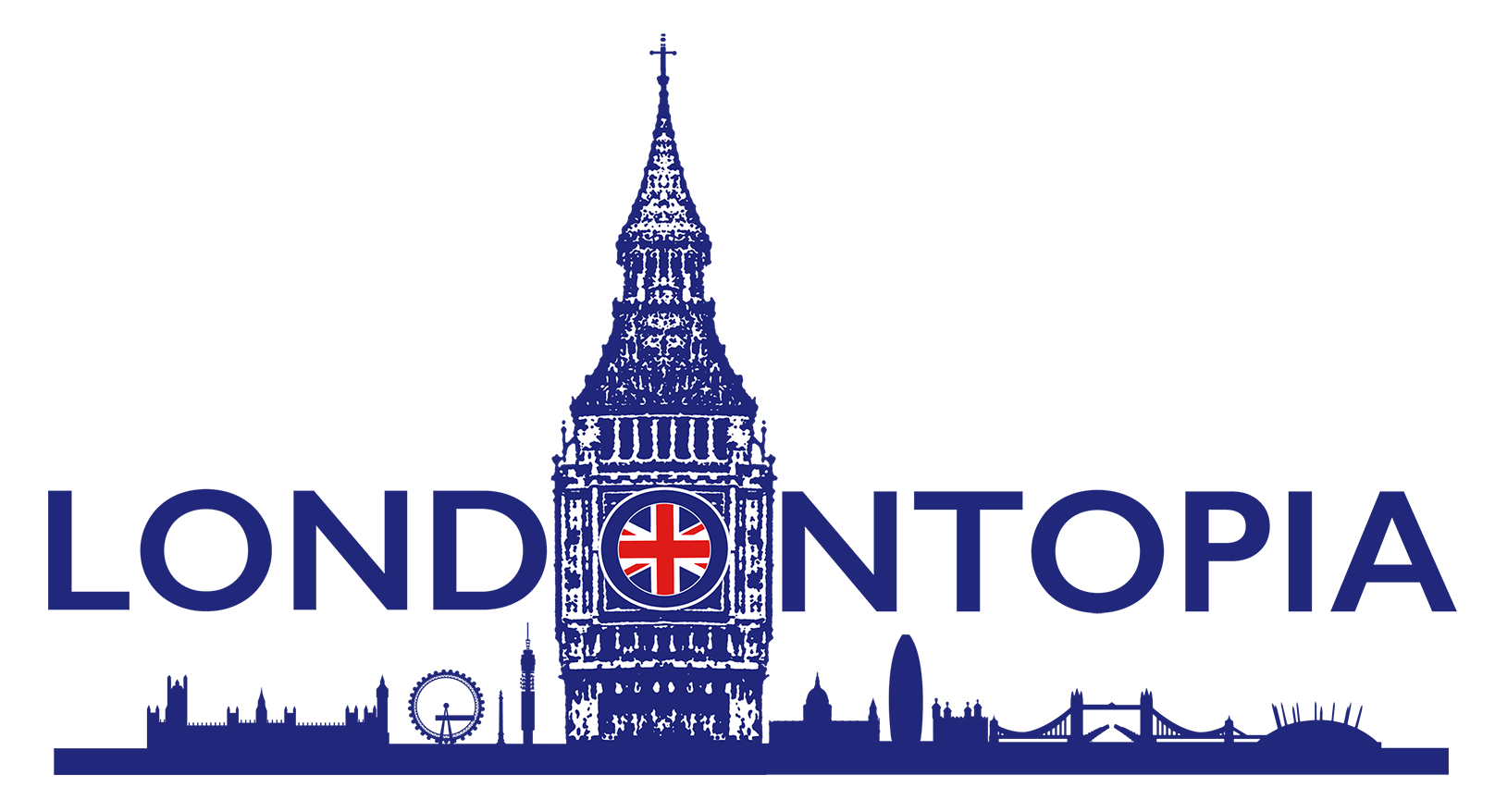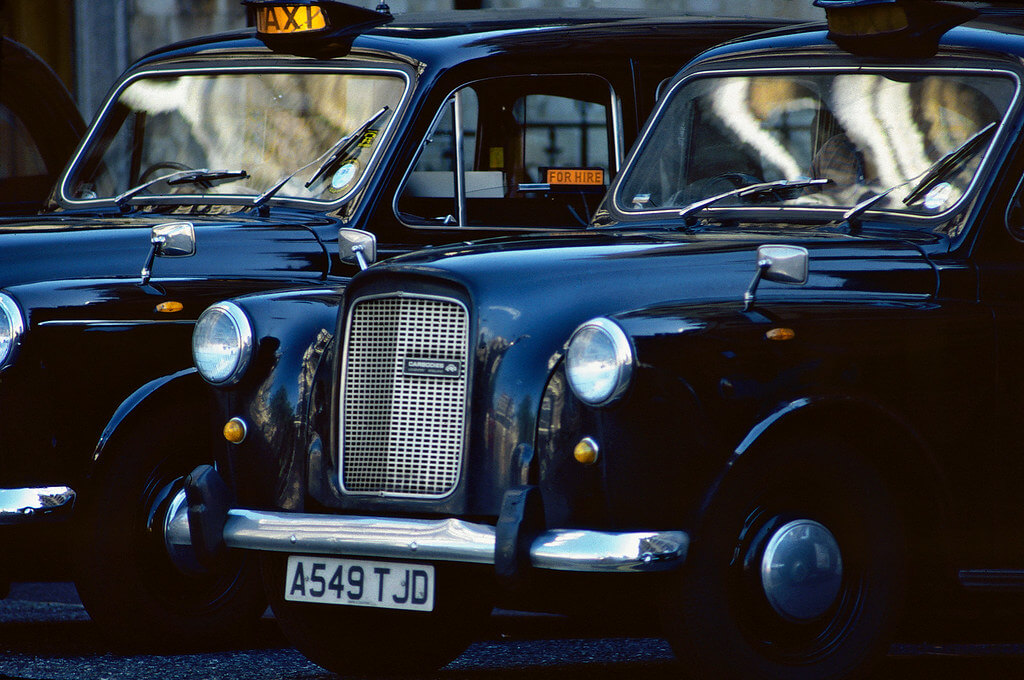Fare increases of 7.5% coming this April will make London’s famous taxis even more expensive for travelers.
London’s legendary black cabs – those quintessential symbols of British transportation that feature in countless tourist photos – are about to become significantly more expensive for visitors. Transport for London (TfL) is poised to approve a substantial 7.5 percent fare increase starting this April, a hike that’s more than double the UK’s current inflation rate.
For American tourists already grappling with London’s notoriously high costs, this latest increase means the minimum fare will jump to approximately $5.40 (£4.20), with per-mile rates ranging from about $5.15 to $6.60 depending on the time of day. The change comes after similar increases of 8.9 percent in 2024 and 7.6 percent in 2023, making what was already an expensive transportation option even more of a luxury.
Why the Price Spike?
TfL cites several factors driving the increase, including higher vehicle costs and skyrocketing insurance premiums for drivers. But perhaps most concerning is the steady decline in licensed taxi drivers across London – now at just 16,816, the lowest figure since 1978 and a stark contrast to the nearly 108,000 minicab drivers operating in the capital.
“We’re trying to ensure that taxi driving remains a viable career,” a TfL spokesperson explained in a statement. “If the number of licensed taxi drivers continues to fall, then this could affect the supply of taxis and increase the risk that users are unable to get a taxi or have to wait longer.”
The black cab industry, which requires drivers to complete the famously rigorous “Knowledge” test of London’s geography, has long positioned itself as a premium service distinct from ride-sharing apps like Uber. Unlike these competitors, black cabs can be hailed on the street, use bus lanes to avoid traffic, and are required to be wheelchair accessible – features that justify higher fares in the eyes of industry advocates.
Impact on American Visitors
For U.S. tourists planning London visits in 2025, these increases mean budgeting even more carefully for transportation. A typical tourist journey – say, from Heathrow Airport to a central London hotel – could now cost upwards of $100.
Interestingly, the fare increase comes as more passengers are booking taxis through apps rather than hailing them on the street. TfL reports that 27 percent of recent taxi journeys were booked via apps, a trend that introduces additional concerns about unregulated extra charges like cancellation fees.
Concerns About Accessibility
While tourists might grumble about the higher costs, the most significant impact could fall on London residents with disabilities who rely on black cabs as essential transportation. Unlike most minicabs, black taxis are required to be wheelchair accessible, making them crucial for mobility across the city.
Transport for All, a UK accessibility charity, expressed serious concerns about the fare increases, noting that disabled Londoners already face higher living and transportation costs. The organization had advocated for freezing both the minimum fare and various tariffs.
The consequences for users of London’s Taxicard scheme – which offers disabled residents subsidized taxi journeys – could be “particularly severe,” according to advocacy groups. As fares increase, these riders reach their subsidy caps more quickly, potentially forcing them to make fewer or shorter trips.
Public Reaction Mixed
Public opinion on London taxi value varies widely. TfL’s own research found that just under half of respondents (49 percent) rated black cabs as good or very good value for money, while 31 percent said they were poor or very poor value. In a separate survey, however, 62 percent of taxi users thought fares were too expensive.
Local governments have also taken different positions. Westminster Council, representing central London, supported the increases, while Hammersmith & Fulham Council advocated for freezing both the minimum fare and tariffs.
Tips for American Tourists
For visitors from the United States navigating these higher costs, we experts recommend:
- Using black cabs selectively for situations where their advantages justify the premium price
- Familiarizing yourself with the London Underground and bus system for most tourist journeys
- Considering the purchase of an Oyster Card or using contactless payment for public transportation
- Being aware of peak versus off-peak taxi pricing (journeys between 8pm and 6am on weekdays or overnight on weekends cost more)
- Exploring ride-sharing options, which may offer more predictable pricing for certain routes
Despite the higher costs, many tourists still consider a ride in London’s iconic black cab a quintessentially British experience worth splurging on at least once during their visit. After all, few city transportation options come with drivers who’ve spent years memorizing every street, landmark, and shortcut in a metropolis as complex as London.
As one TfL official noted, “Black cabs remain an important part of London’s transportation heritage and an essential service for many users.” Whether American tourists will continue to agree with that assessment at these new price points remains to be seen.
We made significant use of the taxis during our most recent travels to London, and although it was very expensive already, it was always worth it, especially when navigating London’s streets on busy night-life evenings.


